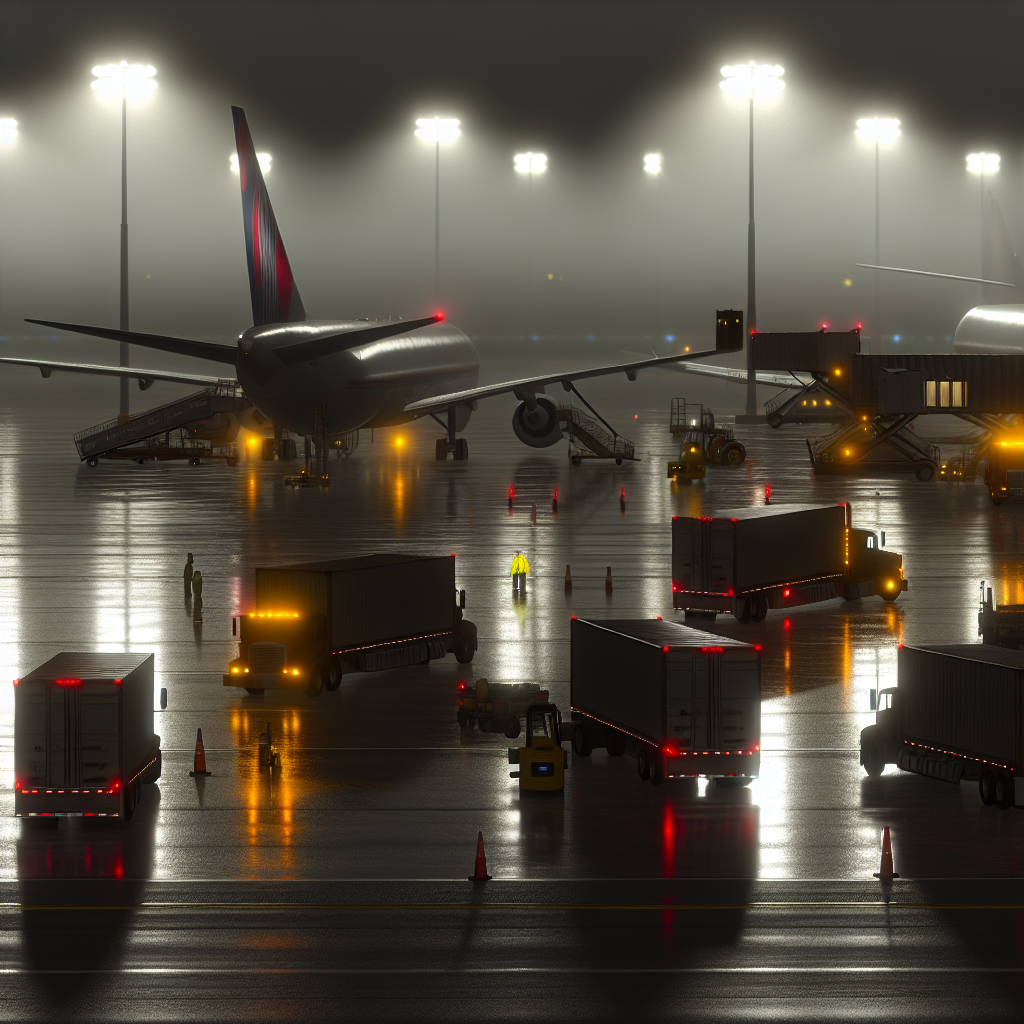United Parcel Service restarted processing at its Louisville “Worldport” air hub on Wednesday evening, Nov. 5, with the company targeting a return to near-normal cadence and first-wave arrivals by Thursday morning, Nov. 6. The move is intended to unclog a temporarily snarled network that feeds much of the U.S. parcel and urgent freight market.
Operations had been paused following a deadly cargo-plane crash near Louisville Muhammad Ali International Airport earlier in the week, a shock to the system at the very hub that powers UPS’s overnight model. Sorting was halted after the incident, prompting widespread schedule disruptions across air and ground.
While the sort is back, ripple effects will take time to work through. On Wednesday, the company canceled the mid-day Second Day Air processing window that normally feeds downstream terminals, and earlier bottlenecks were reported at regional nodes such as Ontario, California, and Rockford, Illinois as volume was rerouted. Large customers—including the U.S. Postal Service and major retailers—were among those feeling delays as UPS shifted flows around the outage.
Customer-facing policies also shifted during the disruption: UPS suspended its money-back guarantee in the U.S. while it worked through the emergency—a signal to shippers that estimated times could slide until the backlog is absorbed.
Locally, the airport reopened to air traffic, but travelers saw cancellations and delays spill into Wednesday and nearby road closures complicated access around the airfield. Those conditions eased as authorities lifted restrictions and the airfield returned to service.
What it means for trucking: Expect an uneven couple of days. As overnight air containers land later than usual, many delivery centers will push back truck load-outs and rely on extended shifts to catch up. Linehaul and feeder operations may see late turns or extra sections as UPS clears residual volume; that, in turn, can compress morning pickup windows for parcel cars and tighten yard capacity at certain terminals. Carriers serving UPS facilities—whether hauling ULD shuttles, middle-mile parcel trailers, or last-mile overflow—should prepare for day-by-day dispatch adjustments and potential weekend work to burn down the queue.
Critical freight—healthcare and other time-sensitive traffic—remains a watch item as Worldport accelerates back to plan. With flights due to flow through the hub overnight, shippers should see more predictable handoffs on Thursday, though some service-commitment deliveries could still slide by a business day where routings were detoured.
Bottom line: UPS has flipped the lights back on in Louisville. The network will stabilize over the next 24–72 hours, but truckers and shippers should budget for lingering delays, dynamic dispatching, and tighter cutoffs until the air-ground handshake fully normalizes.
Sources: FreightWaves, Reuters, Associated Press, UPI, Louisville Public Media, WESH 2
This article was prepared exclusively for TruckStopInsider.com. Republishing is permitted only with proper credit and a link back to the original source.





